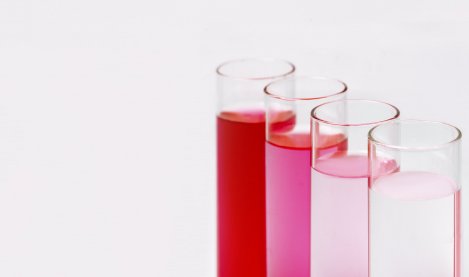Wearing our red face together
The burning feeling, the angry redness, the hypersensitivity and pulsing – and that is just how your red face feels! Inside, you feel even worse. Worried, anxious, impatient, defensive, maybe even ashamed about not meeting society’s ideal for perfection. And in such a visible way! You inevitably draw looks from people around you, making you the centre of attention for all the wrong reasons.
Is there a safe place to go, some refuge, to give you and your red face relief from the public eye and the raw exposure?
Red skin takes an emotional toll that also needs attention
Dermatologists agree that beyond the uncomfortable physical aspects of red and blotchy cheeks, flushing and rosacea, these are all accompanied by the weight of their psychological impact. In terms of rosacea alone,
90% of patients experience a fall in self-esteem and confidence*
41% of patients don’t feel comfortable socialising*
88% of patients with severe rosacea have their professional relationships affected*
51% of patients miss work because of severe rosacea*
Do any of these sound familiar? Don’t let the burden become too heavy. Talk about you’re the redness on your face with your dermatologist, who can help you in terms of knowing what to expect.
It is also helpful to get in contact with other people who suffer from red skin like you do. They will have similar experiences and be able to empathise with how you feel.




















